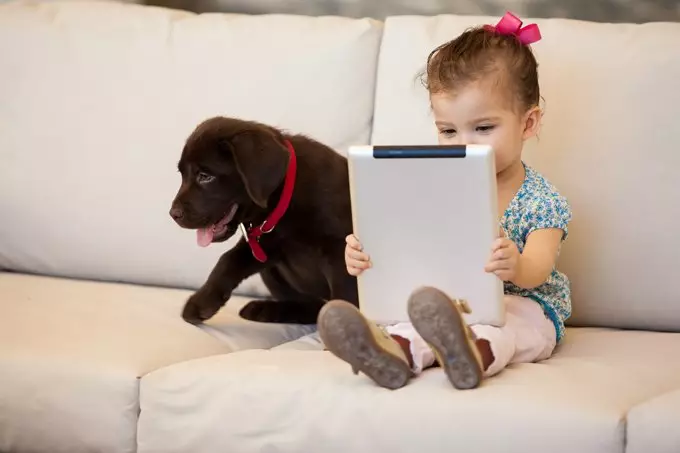Welcoming a new puppy into your life is an exciting adventure that comes with a wealth of responsibilities. One of the most crucial aspects of preparing for your puppy is to ensure that your home is safe and conducive to its development. Puppy-proofing your living space is not just about keeping your belongings safe; it’s about fostering a nurturing environment that encourages positive behaviors and minimizes risks.
Long before your furry friend arrives, it’s essential to think about the potential dangers lurking in your home. Puppies are notoriously curious, and without proper guidance and restrictions, they can easily find themselves in situations that are both dangerous and disruptive. While it may seem appealing to allow your puppy free rein, this can lead to destructive behaviors like chewing on furniture, inappropriate elimination, or even the ingestion of harmful substances.
To foster a safe environment, define a specific area of your home where your puppy will initially spend most of its time. Areas like the kitchen, bathroom, or laundry room are ideal due to their easier-to-clean surfaces. Choose a space that is away from high-traffic areas and free from potential hazards.
Engaging in a thorough assessment of your chosen space is vital. Get down on all fours and scrutinize your surroundings from your puppy’s perspective. Look for electrical cords that may pose a risk of chewing and ingesting, houseplants that could be toxic, or decorative items that might be easily toppled. If certain items cannot be removed—like cords—consider protective measures such as cord covers or cable management solutions to eliminate access.
In addition to potential physical dangers, it’s essential to establish boundaries within your home. Create spaces that clearly denote where your puppy can and cannot go. Utilize baby gates or exercise pens to restrict access effectively.
After eliminating hazards, the next step is to create specific areas tailored for your puppy. For short-term confinement, consider using a crate, which can provide security and comfort. The crate should be a safe haven for your puppy—a place where it can retreat when feeling overwhelmed.
For long-term confinement, designate a larger area equipped with a comfortable bed, food and water bowls, and safe chew toys. Rotate the toys regularly to keep your puppy engaged and entertained.
Understanding the importance of establishing good behaviors from the moment your puppy arrives will set the groundwork for a balanced and well-behaved adult dog. Environmental controls are pivotal in teaching your puppy what is acceptable. The habits formed during this initial stage are likely to persist throughout your dog’s life, making it crucial to be proactive rather than reactive.
By initiating these preparations before your puppy arrives, you enhance the likelihood of a smooth transition and a positive experience for both you and your new furry family member. It’s about creating a sanctuary of safety and learning, allowing your puppy to grow into a happy, healthy dog while preserving the integrity of your home.

